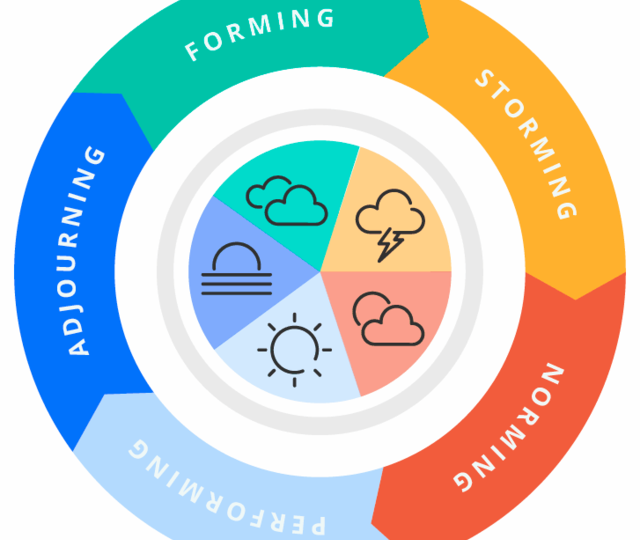Teams are an important part of organizing work in today’s world. Because teams have the potential or ability to immediately acquire, relocate, disperse, and organize. Teams are very effective for the motivation of an employee. The development of a team can make a team more successful and high-performing as possible. It is a fact that teams develop and get mature with time.
Team development creates a captivating atmosphere. It encourages employees to perform well. Team development enhances teamwork, interdependence, cooperation, and builds trust among team members. The development of a team will make your team successful and high-performing. A skilled team leader can make his team high performing.
A skilled and trained team leader like Kris Thorkelson can make a high-performing and successful team. Kris Thorkelson’s entrepreneurial spirit also led to the recent creation of Thorwin Properties, a real estate company dedicated to helping discerning renters find quality apartments in Winnipeg. Thorwin Properties features a list of apartment vacancies in Winnipeg. As the owner of several businesses, he knows the importance of building a talented team of professionals that helps him to run the day-to-day operations of the business.
There are five stages/ideas of team development. By following these a team leader will create a high functioning unit. Almost everyone has heard the phrase that “teamwork makes the dream work”. However, it may be slightly cliché, but there’s a lot of truth in it. Because when you have a talented team of professionals even the difficult tasks become easy to achieve.
However, sometimes it becomes difficult to work on a cohesive team. Because there are a lot of different personalities and work preferences. To ensure that a team runs smoothly, it becomes important to implement the five stages of team development: forming, storming, informing, performing, and adjourning. These terms were developed by Bruse Tuckman, an educational psychologist. He published his findings in a part in 1965. His theory is centered around his research on team building and the dynamics of teams.
If you are new to this concept, then this article will be helpful for you to get a full understanding of this concept.
Stages of Team Development
As we know where the stages come from, let’s break down the details of every stage.
- Forming
The first stage is about the first interaction of the team members. It can be considered the period of orientation when everyone wants to know about one another. The forming stage can be thought of as the first day of school or at a new job. There is excitement and everyone wants to show his talents and get started on a project.
In the forming stage, the group dynamics and roles have yet to be determined. So, the major role has to be performed by a team leader. He takes the charge and directs the individual members. In this stage, the team members discuss things like team goals, strategy, ground rules, and individual responsibilities.
- Storming
This stage is considered the most critical and also the most difficult to go through. It deals with the conflict on the individual personalities and work styles differences within the team. It is about the clash between the team members on the disagreement on goals, strategy, plans, roles, and responsibilities.
To not get bottlenecked in the storming stage, members have to work together to overcome the obstacles and stay on pace.
- Norming
The next stage is norming. Team members have figured out how to work together and there is no more conflict in a team or any internal clash. In a team, leaders decide the roles of every team member in a group. They assign the roles to their team members. They create a sense of bonding between the team members. In this stage, they become more familiar with each other’s attitudes and work preferences.
In the informing stage, the team members give constructive feedback or ask for help to work through various goals.
- Performing
The next one is performing. In this stage, the team members tend to work in the most cohesive work environment. They work together to maintain the high performance of the team and to fulfill their task. A team leader makes a clear and stable plan to achieve their target.
In this stage, there is a sense of focus; purpose, and alignment from everyone on the team irrespective of their roles.
- Adjourning
The Adjourning stage is sometimes called the termination or end-stage. Because the team has accomplished all its goals and the project as a whole is being wrapped up and the final documentation is completed. So, the workload decreases. And it’s usual for the team members to be taken off the assignment. At this stage, most of the team parted.
Conclusion
Team development is very important to get high performance and success. When a team leader follows all the above ideas, he will get a high-functioning team that helps him to complete his tasks. A talented team of professionals helps you to complete your day-to-day business tasks. So, a team leader should follow these ideas to develop his team.



